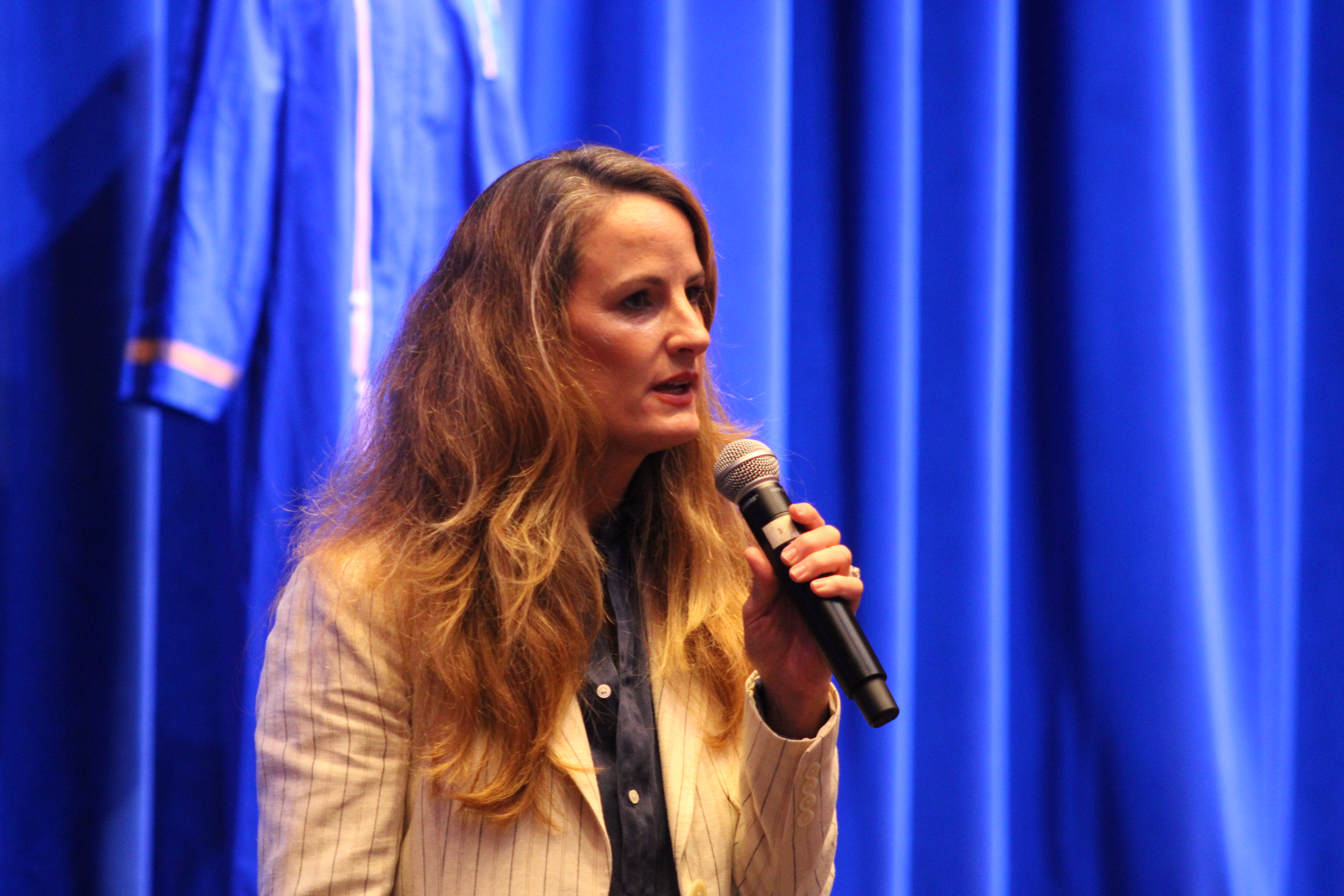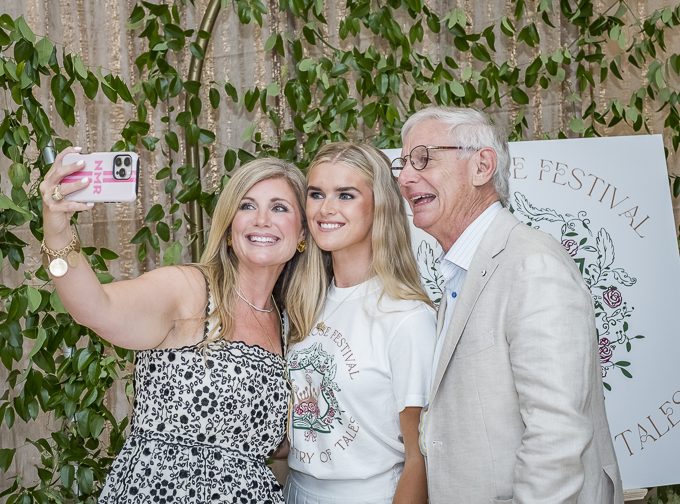A childhood experience in growing potatoes turns into ‘love affair’ with them
Published 5:14 pm Wednesday, February 15, 2017

- Greg Grant
I should be embarrassed, but I’m not. I’ve been involved in a serious love affair for many years. I’m smitten with Irish potatoes. This is no veggie tale; it’s the truth.
I love producing fresh vegetables, and have since I was a child. Every year, I pose these questions to fellow gardeners and eaters: “What is your very favorite fresh-from-the-garden vegetable? Which one do you long for when it’s not around? Which one do you dream about when you can’t get it?” A definitive answer is difficult. I vacillate between fresh-shelled pinto beans, just-pulled Sweet G-90 corn on the cob, hand-harvested asparagus spears and, of course, my beloved new potatoes.
Trending
Irish potatoes (Solanum tuberosum) aren’t from Ireland at all. They’re from South America, and belong to the same family (Solanaceae) as tomatoes, peppers and tobacco. There are many, many cultivars in existence. Mostly we see the typical red and white “boiling” potatoes and the russet baking potato.
One of my mentors, the late Luther Burbank, was a potato lover as well and responsible for most of the baked potatoes you eat with your steaks. When he was a young man, he noticed a few unusual “seed balls” on some potato plants, extracted the seed, and planted them. Out of those few precious seedlings he selected the finest, most widely grown potato in the world. His Burbank russet potato set the standard for all time. I once worked with a potato breeder at Louisiana State University in Baton Rouge. Potato breeders plant thousands of seedlings a year and are lucky to have one moderately successful introduction in their lifetime. Burbank, hailed as “The Plant Wizard,” planted a few seeds and hit the jackpot. He sold his new potato introduction, used the money to move to California and buy a farm and became a horticultural legend, breeding all kinds of new introductions, including the Shasta daisy, Santa Rosa plum, White Queen crinum, spineless prickly pear and many, many more.
My first memorable exposure to growing potatoes was as a child in Longview. The Adamses, an elderly couple, lived just up the hill, through the woods. Mr. Adams had a large, sunny vegetable garden down below his house, with fine sandy loam soil, ideal for potatoes. Naturally, being born interested in gardening, I couldn’t help but tag along and watch him in the garden with pining eyes. I’ll never forget planting potatoes with him early one spring. Here, Valentine’s Day is the traditional planting day. It seemed unusual to cut the big fleshy potatoes into pieces. I thought we were going to cook them. He explained how they needed eyes to grow. The subsequent sprawling plants didn’t seem so special – no showy flowers, no edible fruit. The season crawled on. I was already distracted by the flowers in Mrs. Adams’ beds by the time harvest arrived. Then I saw a miracle. Out of each hill where we had placed a seemingly blind chunk of Irish potato, multitudes spilled forth.
I fondly remember how Mr. Adams filled a brown paper grocery sack full of the red-skinned spuds and sent me home back down the hill. I wouldn’t have been more proud of gold nuggets. My mom, a natural born cook, went to work immediately. After washing a mess of them up, she boiled them “in their jackets” and showed me how she ate them as a kid – smashed, buttered, and topped with ketchup.
Nothing in the world could have tasted finer. The smooth, fresh, creaminess of a new potato is one of the simple pleasures in life that can only come from the soil and a gardener’s loving hands. Store-bought potatoes are fine, but nothing like homegrown potatoes from your own garden.
Unlike videos, phones and other hand-held gadgets, gardening teaches patience to children. It rewards hard work. It plants seeds of hope, literally. The planning, hoping, working and boom and bust of gardening all prepare one for life. It also teaches about death and recycling. It teaches about sharing. It teaches about perspiration. It teaches about aspiration.
Trending
Potatoes made a difference in my life. But even more importantly, a sharing, caring gardener made a difference in my life. Pass it on. Teach somebody else how to garden. Share your experience. Volunteer at schools and nursing homes. Become a Master Gardener. Make somebody else happy for a change. We all spend too much time thinking about ourselves. Give produce to needy friends, relatives and neighbors. Heck, provide healthy produce to total strangers. They’ll feel better, and so will you.
Greg Grant is the Smith County horticulturist for the Texas A&M AgriLife Extension Service. You can follow him on Facebook at Greg Grant Gardens, read his “Greg’s Ramblings” blog at arborgate.com or read his “In Greg’s Garden” in each issue of Texas Gardener magazine (texasgardener.com). For more information on local educational programming, go to smith.agrilife.org.






